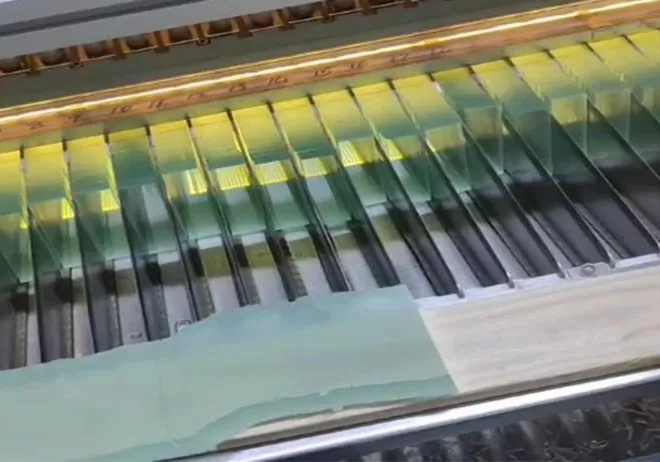Dec . 24, 2024 23:09 Back to list
types of tinted window glass
Types of Tinted Window Glass A Comprehensive Overview
Tinted window glass has become increasingly popular in both residential and commercial settings, offering a range of benefits including enhanced privacy, energy efficiency, and UV protection. Understanding the different types of tinted window glass can help homeowners and business owners make informed choices that meet their specific needs.
1. Dyed Window Tint
Dyed window tint is one of the most common types of tinted glass used in vehicles and buildings. This type of tint is created by embedding dye between the layers of glass, which helps to absorb solar energy. The benefits of dyed window tint include heat reduction, glare reduction, and privacy. While it is effective in blocking some sun rays, dyed tint does not provide as much heat rejection as other options and can fade over time with prolonged exposure to sunlight.
Metalized window tint contains tiny metallic particles that reflect solar energy. This type of tint is known for its superior heat rejection and durability compared to dyed tints. Metalized tint provides privacy and reduces glare effectively while also enhancing the strength of the glass, which can lead to increased safety. However, one downside is that it can interfere with electronic devices, such as GPS and mobile phone signals, due to its metal content.
3. Ceramic Tint
types of tinted window glass

Ceramic window tint is manufactured with advanced ceramic technology, which allows it to provide high heat rejection without affecting visibility. Unlike dyed or metalized tints, ceramic tints do not contain any dyes or metals, making them incredibly durable and resistant to fading. Additionally, they do not interfere with electronic signals, making them an excellent choice for modern vehicles and buildings looking to maintain connectivity. Ceramic tints are typically more expensive than other types but offer the best balance of performance and aesthetics.
4. Hybrid Tint
Hybrid window tints combine different technologies, generally incorporating both dyed and metalized layers. This combination allows for effective heat and glare reduction while maintaining aesthetic qualities. Hybrid tints are designed to provide the best of both worlds—providing privacy and improving the durability of the film while reducing potential signal interference. This versatility makes hybrid tints a popular choice for both residential and automotive applications.
5. Reflective Tint
Reflective window tint is designed to reflect sunlight away from the glass surface, which helps in reducing heat and glare. This type of tint has a mirror-like appearance, providing significant privacy during the day while maintaining an aesthetically unique look. While it is effective in energy savings, one downside is that reflective tints may limit visibility during nighttime, as the reflective surface can lead to a lack of privacy from the outside.
Conclusion
When selecting tinted window glass, it is vital to consider the specific requirements of your space or vehicle. Each type of tinted glass comes with its unique benefits and drawbacks. Dyed tints are budget-friendly but may fade, while metalized and ceramic tints offer superior performance but come at higher costs. Hybrid options provide a blend of features, making them suitable for various applications. Reflective tints can add a stylish touch but may affect nighttime visibility. Ultimately, the right choice will depend on your specific needs for privacy, energy efficiency, and aesthetics, ensuring that you enjoy the many benefits that tinted window glass has to offer.
-
Safety and Style with Premium Laminated Glass Solutions
NewsJun.24,2025
-
Reinvents Security with Premium Wired Glass
NewsJun.24,2025
-
Premium Float Glass Line for Modern Architecture
NewsJun.24,2025
-
Low Emissivity Glass for Energy-Efficient Architecture
NewsJun.24,2025
-
High-Performance Insulated Glass Solutions for Modern Architecture
NewsJun.24,2025
-
Elevates Interior Style with Premium Silver Mirror
NewsJun.24,2025
Related PRODUCTS














